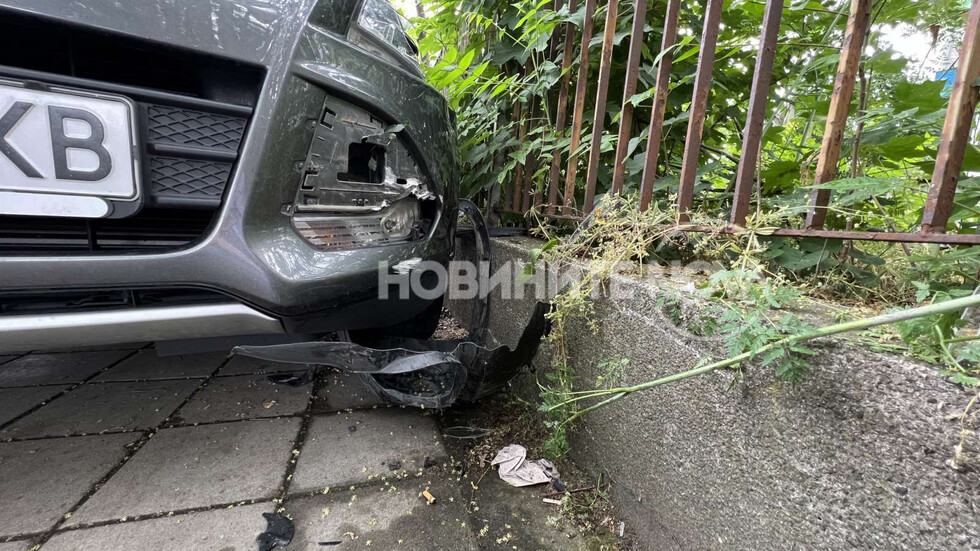The most exceptional haze of recent decades in Spain, the one experienced between the 14th and 18th of March last, not only dirty the atmosphere, the cars, the windows, the roofs or the sidewalks, but also covered the fields and forests with a fine mantle of rich natural fertilizers. The Burgos engineering company Agrae, supported by data from the National Supercomputing Center in Barcelona, has analyzed the nutrients available in the Saharan dust, the intensity with which it fell over the national geography every hour and, especially, the economic value contributed to land, which has been estimated at more than 11.8 million euros in the country as a whole.
This study, which is having a wide national repercussion due to the exorbitant prices that agricultural fertilizers are currently reaching, started from a simple task, that of collecting samples of uncontaminated African dust in different geographical points to proceed with their analysis in a few laboratories in Palencia.
“We were curious to learn that up to 7 grams of dust per square meter had fallen, which was equivalent to 70 kilos per hectare, a quite interesting concentration considering that between 200 and 400 kilos of fertilizers per hectare are provided in the cereal,” he explains. Jorge Miñón, agricultural engineer and promoter of Agrae together with his colleagues Gonzalo Ruiz, Alejandro Manrique and Iosody Silva.
The analyzes confirmed that the soil of the Algerian and Moroccan desert has a high content of calcium (10,440 milligrams per kilo) and, above all, nitrogen and potassium (2,100 mg/kg and 728 mg/kg, respectively), two highly demanded nutrients. in crops and which, given the evolution of prices, represent a gift from mother nature.
The next step was to contact the National Supercomputing Center, which had hour-by-hour tracking maps of the mass of dust, as well as its concentration. “In three days, half a kilo of nitrogen per hectare was deposited, which does not make us rich or poor, but you have to think that you are paying 600 euros per ton. Potash is paid at 750 euros and calcium at 200 euros. “.
Agrae estimates the ‘irrigation’ with African fertilizers of the 24 million hectares that Spain occupies at 11.8 million euros. By extension, Castilla y León corresponds to almost 1.7 million.
Agrae has also refined his study to Burgos. The three days of dust rain contributed nutrients to the soil worth about 708,000 euros. With regard to arable crops (cereal), the contribution is 280,000 euros equivalent, while woody crops (vineyards) is 11,000 euros.
“The haze does not solve the problem that the field is facing now, but its analysis will allow us to adjust the fertilization calculations for next year.”
Miñón does not believe that this year’s harvest will be better or worse because of the African contribution, especially when what is really determining will be the heat wave experienced in mid-May and which has affected the crops at a very sensitive time in their growth .
Prescriptions
The experiment of Agrae, a company specialized in mapping agricultural soils (including vineyards), goes further. Jorge Miñón recalls that now farmers have to apply phytosanitary products in their fields with a previous recipe prescribed by an agricultural technician, and that in 2023 the same will happen with fertilizers. “It is the regulation of sustainable soil management, sponsored by Europe, which will force rainfed soils to be analyzed every 10 years, a period that is reduced to 3 in the case of irrigated land.”
Knowing exactly the quality of agricultural soils will not only improve the fight against nitrate contamination, “but it will limit the use of nitrogen and phosphates, an issue of great economic significance for the field with the soaring costs of fertilization, that have multiplied by three in a very short time”.
In fact, his soil mapping work has multiplied in recent months because the farmer is more aware of the savings he generates. “Many times it is fertilized without knowledge and formulas that are not suitable for the soil are used.”
Agrae, a leading company that emerged from the Agrifood and Rural Engineering classrooms of the University of Burgos, has decided to share its studies, which were raising expectations on social networks. It has already received calls from Extremadura, Castilla-La Mancha, Madrid and other provinces of Castilla y León.
–


